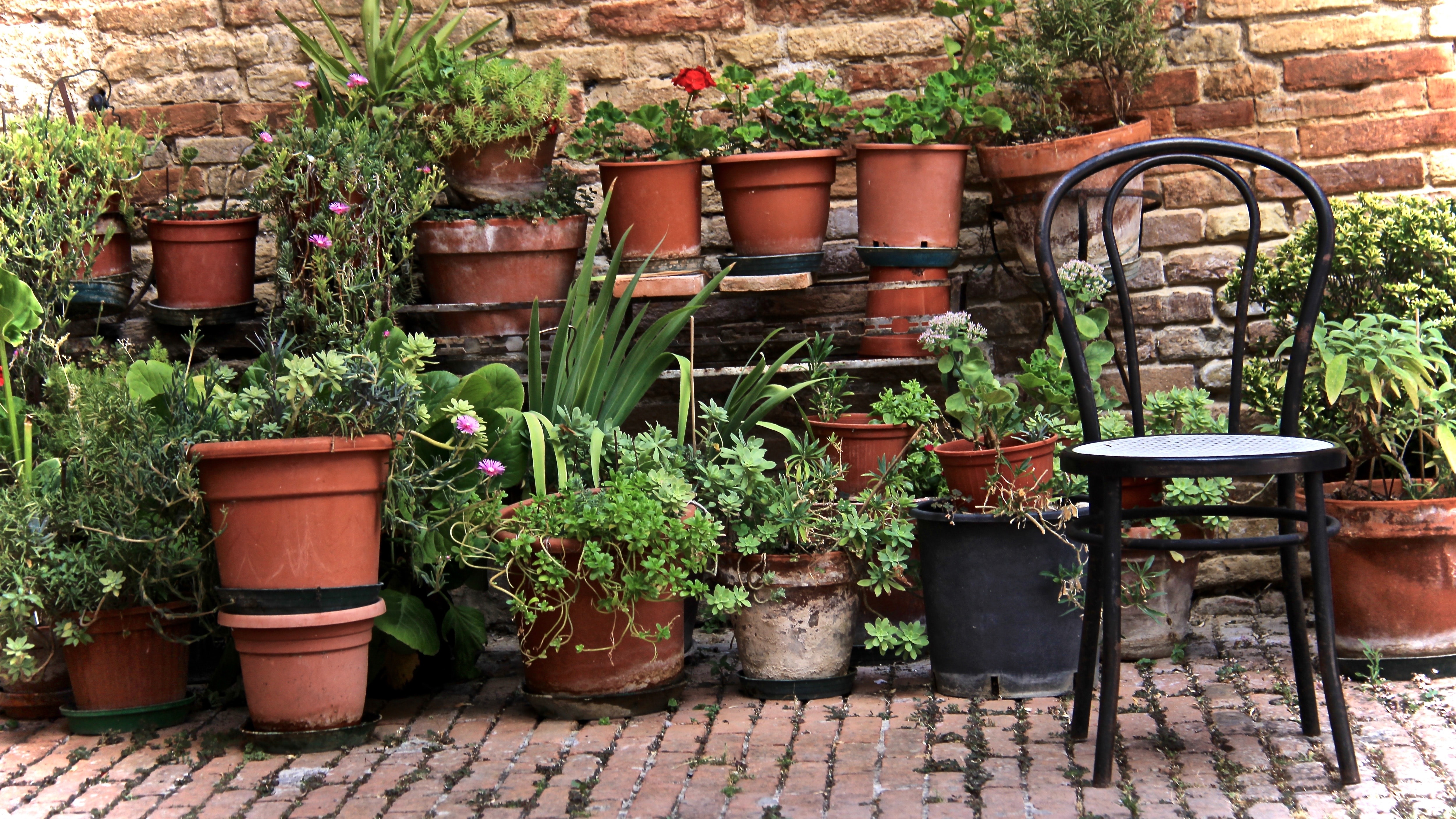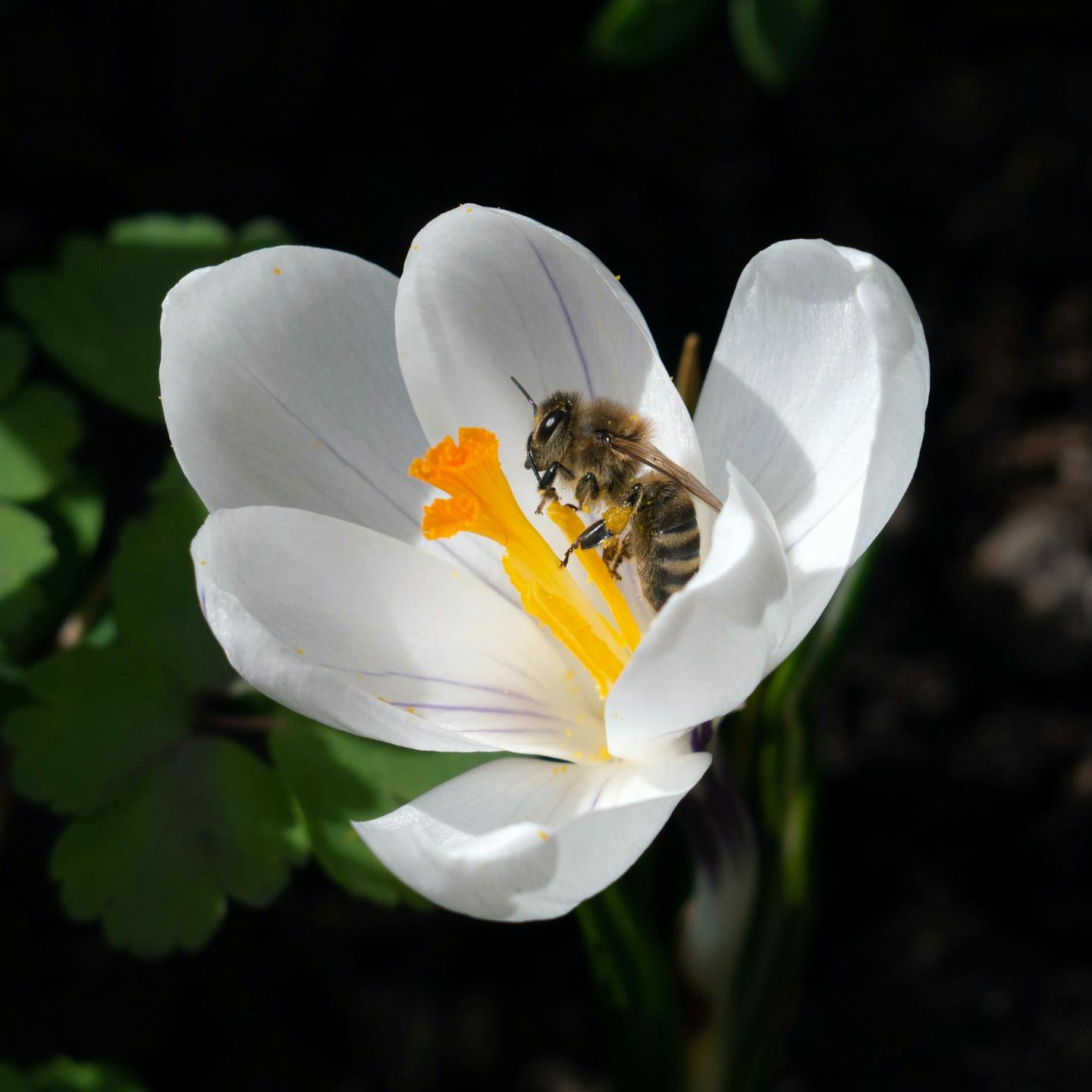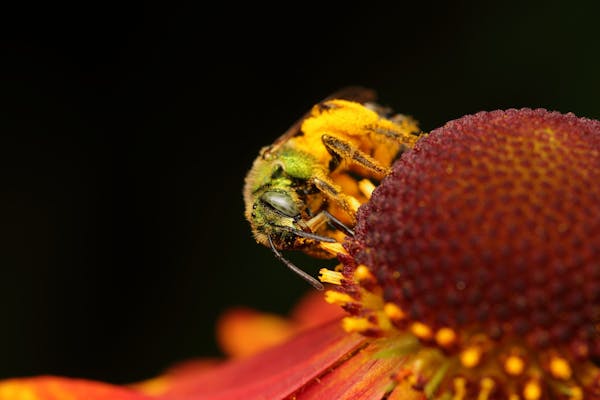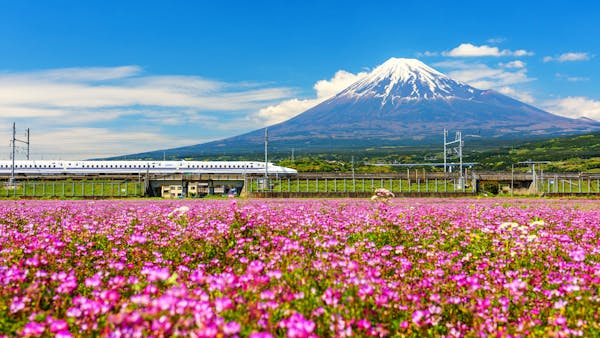Urban gardens provide an abundant food supply for crucial pollinators
- Nature Conservation
- Land Conservation
- Urban Biodiversity
- Biodiversity
- Plants
- Pollinators
- Community Action
The concrete jungle of the city, with its traffic jams, paved parking lots, and towering skyscrapers, is typically cast as the antithesis of nature. Urban sprawl has taken the brunt of the blame for pollution, environmental degradation, and a decrease in pollinator populations. Bees and other species like wasps, butterflies, moths, and beetles are imperative to our ecosystem, fertilizing plants as they fly from blossom to blossom and have previously been thought to only thrive in lush areas. However, research from the British Ecological Society exposes that inner city gardens, building landscaping, and even small potted plants on apartment balconies provide as much nectar to crucial pollinators as rural areas.
Designed to understand how nectar supplies differ between the city and countryside, this was the first study of its kind to take into account metropolitan regions. Researchers examined a variety of flora from numerous locations that were divided into three groups: urban, farmland, and nature reserve. How much nectar was produced in each area, as well as the number of different plant species were both analyzed.
Urban areas were surprisingly found to have much more diversity, with neighborhood gardens containing 83 percent of non-native nectar-producing plants. Not only did the cityscapes have more of an assortment of vegetation, but the amount of nectar yielded was similar to both of the other categories
This recent data highlights the importance of urban landscaping, a trend that has been gaining momentum on social media and one that Arthur Parkinson is passionate about and now famous for. In his new book, The Flower Yard: Growing Flamboyant Flowers, Parkinson advocates that even the smallest patio, stoop, or window sill can be transformed into an oasis.
Done entirely in pots, Parkinson creates gardens of tulips, sweet peas, dahlias, and amaryllises that bring beauty and solace to apartment dwellers as well as an abundant food supply for essential pollinators. With a growing following of ambitious city gardeners, Parkinson views them as a community, not as fans. He says,

Image credit: Antônia Felipe, Creative Commons
With more and more of the metropolitan population rolling up their sleeves and potting plants to decorate their homes, the amount of floral diversity and nectar in these urban areas is expected to rise. This couldn’t come at a better time as the U.S. National Agricultural Statistics show that honeybee populations have declined by 60 percent since the 1940s.
The team from the British Ecological Society is optimistic that this new data set will inspire more city growers like Parkinson. Hopefully, this too will help ease the divide between rural and urban living as both contribute greatly to the success of pollinators and ultimately the biodiversity of our planet.
Explore The Solutions




